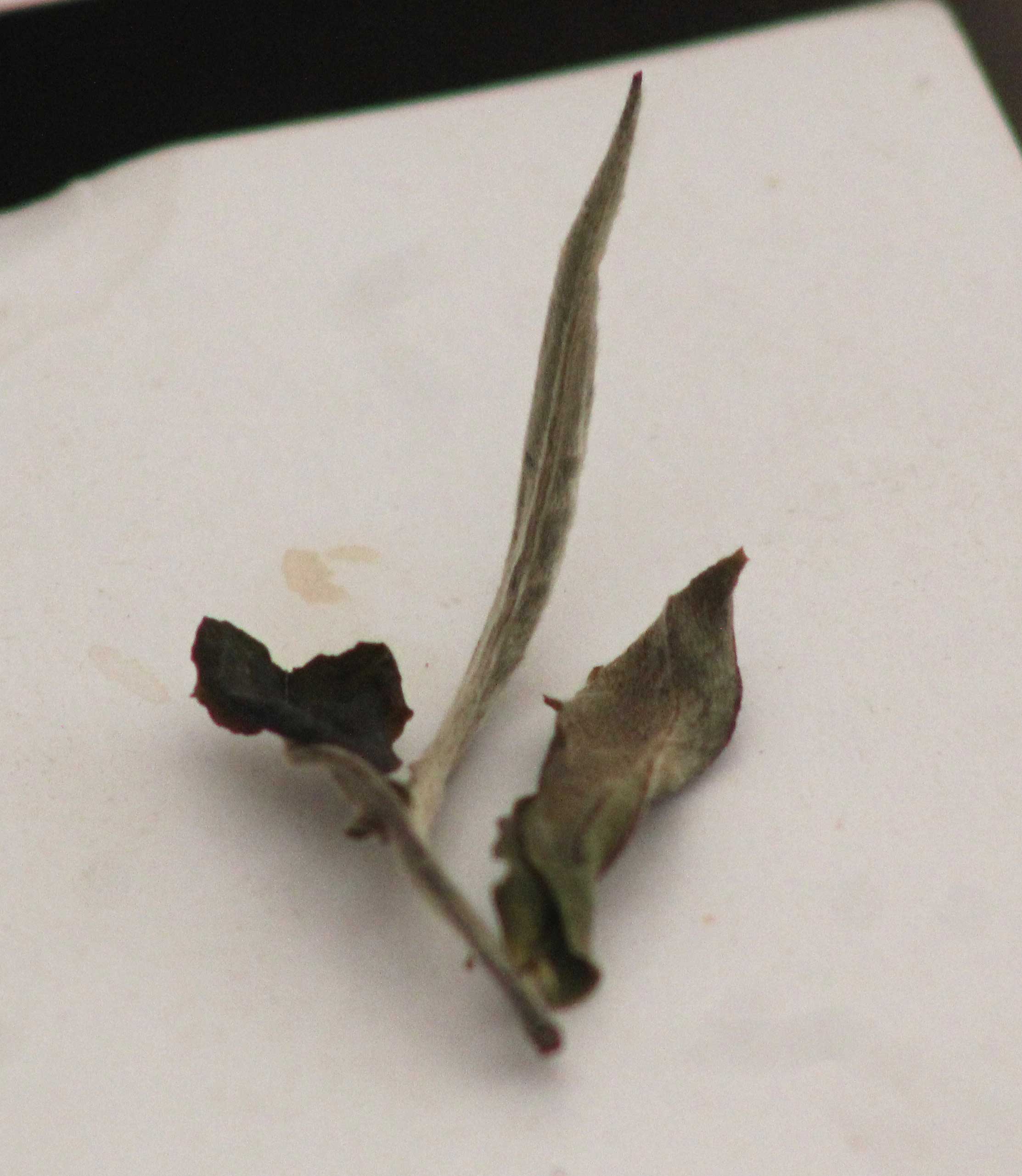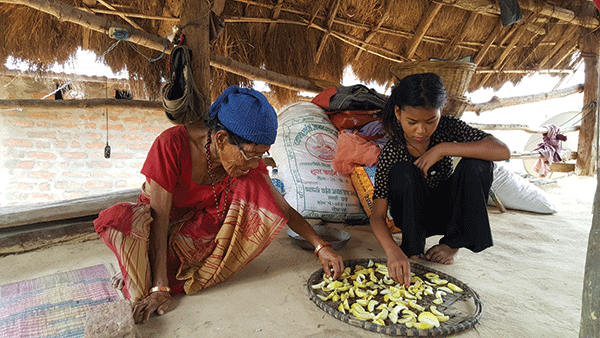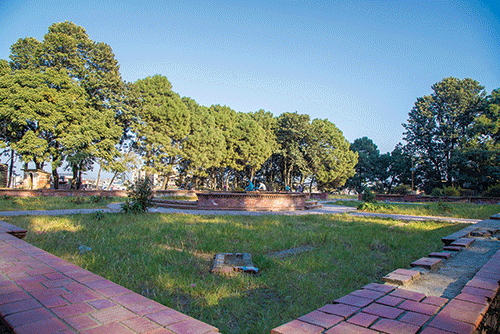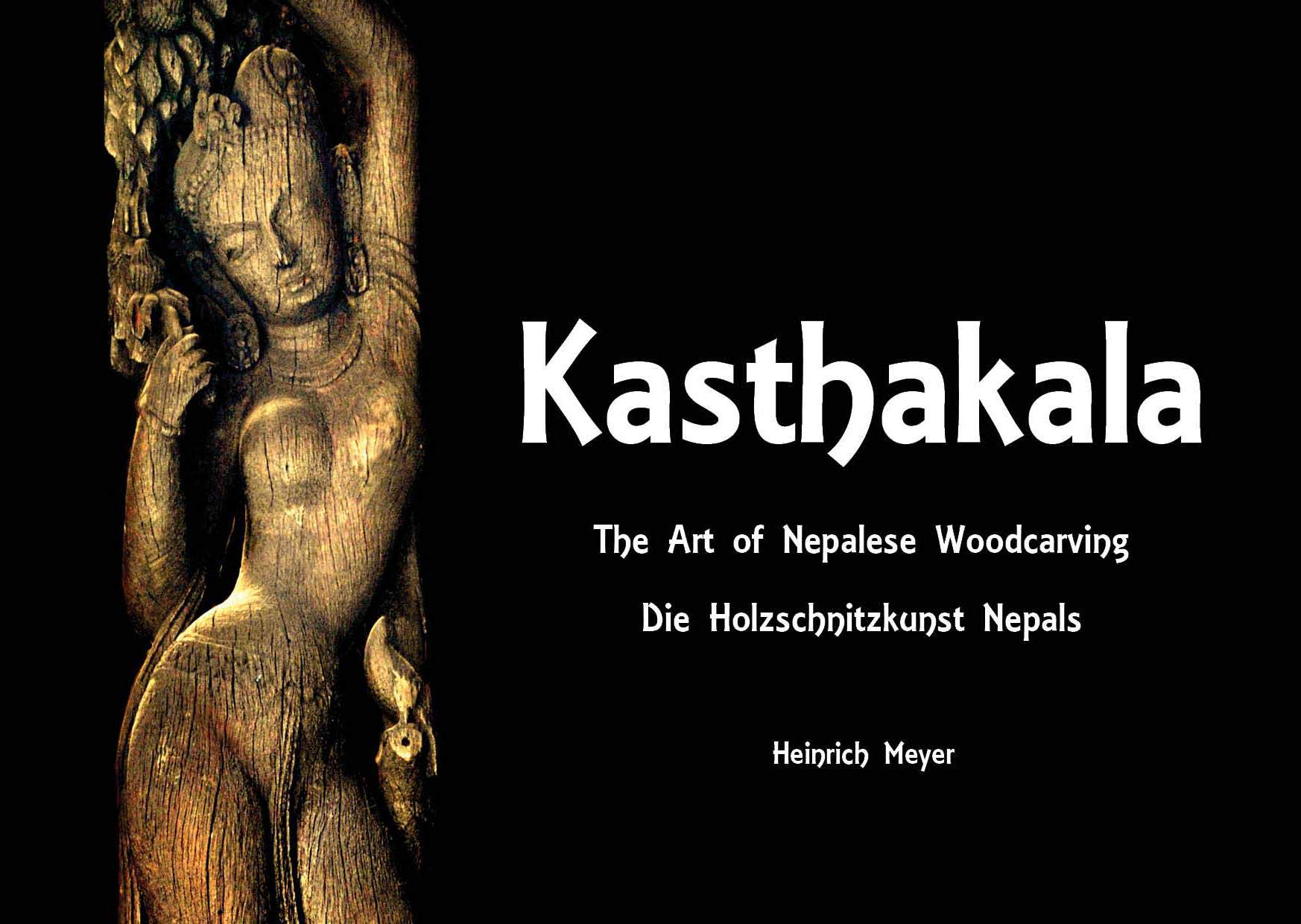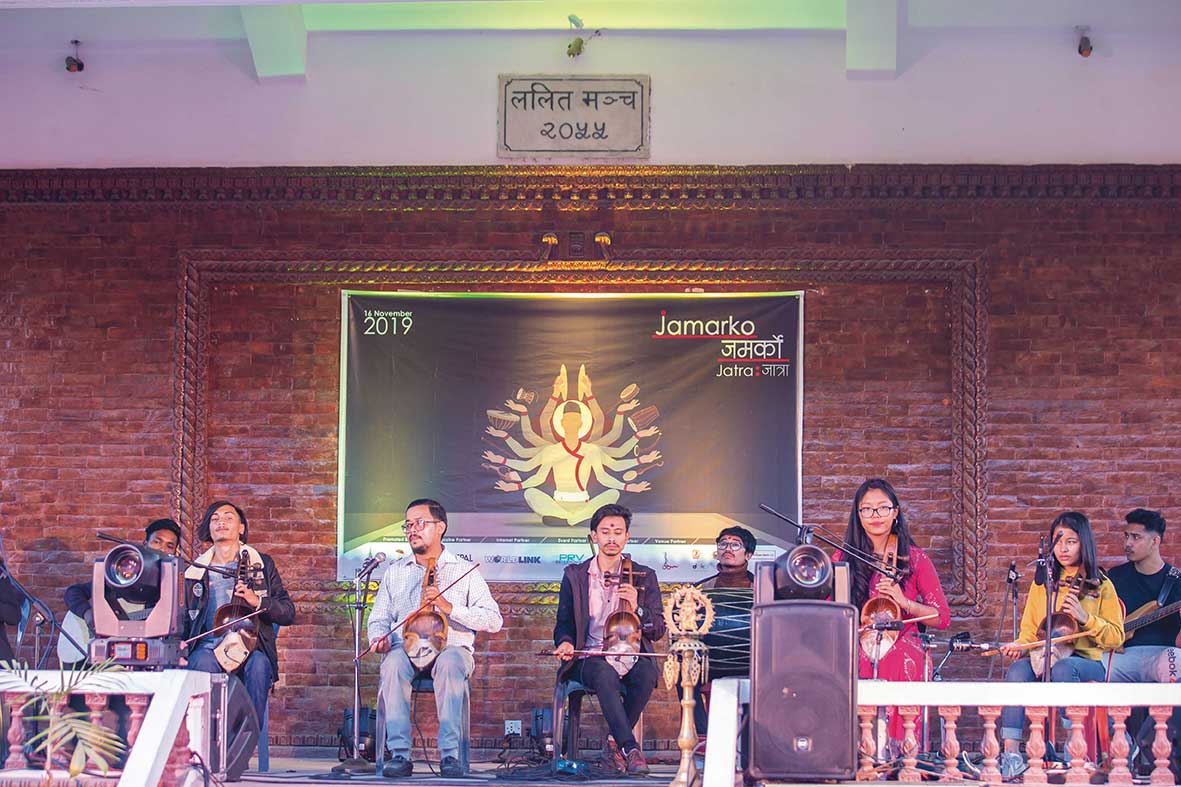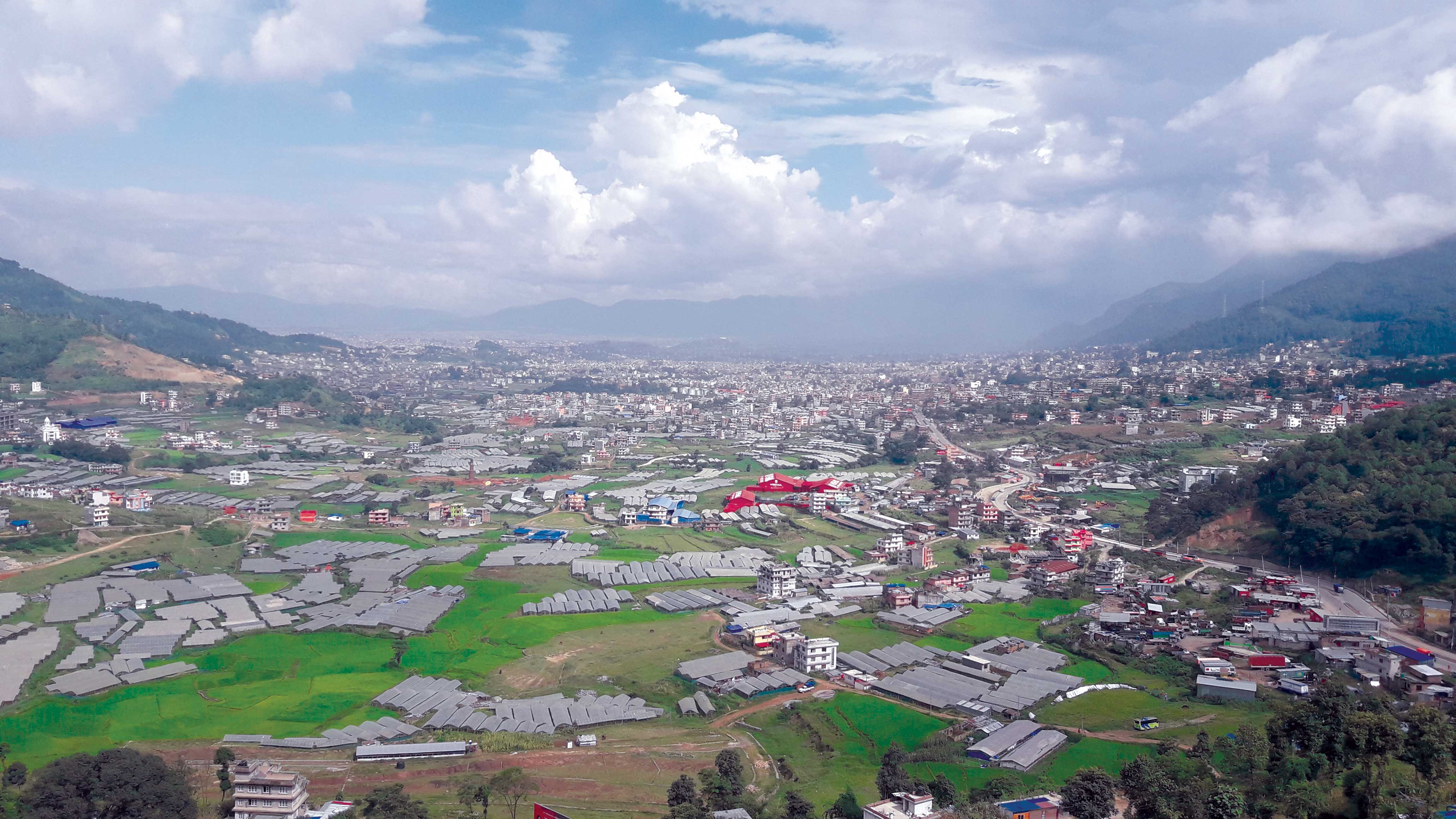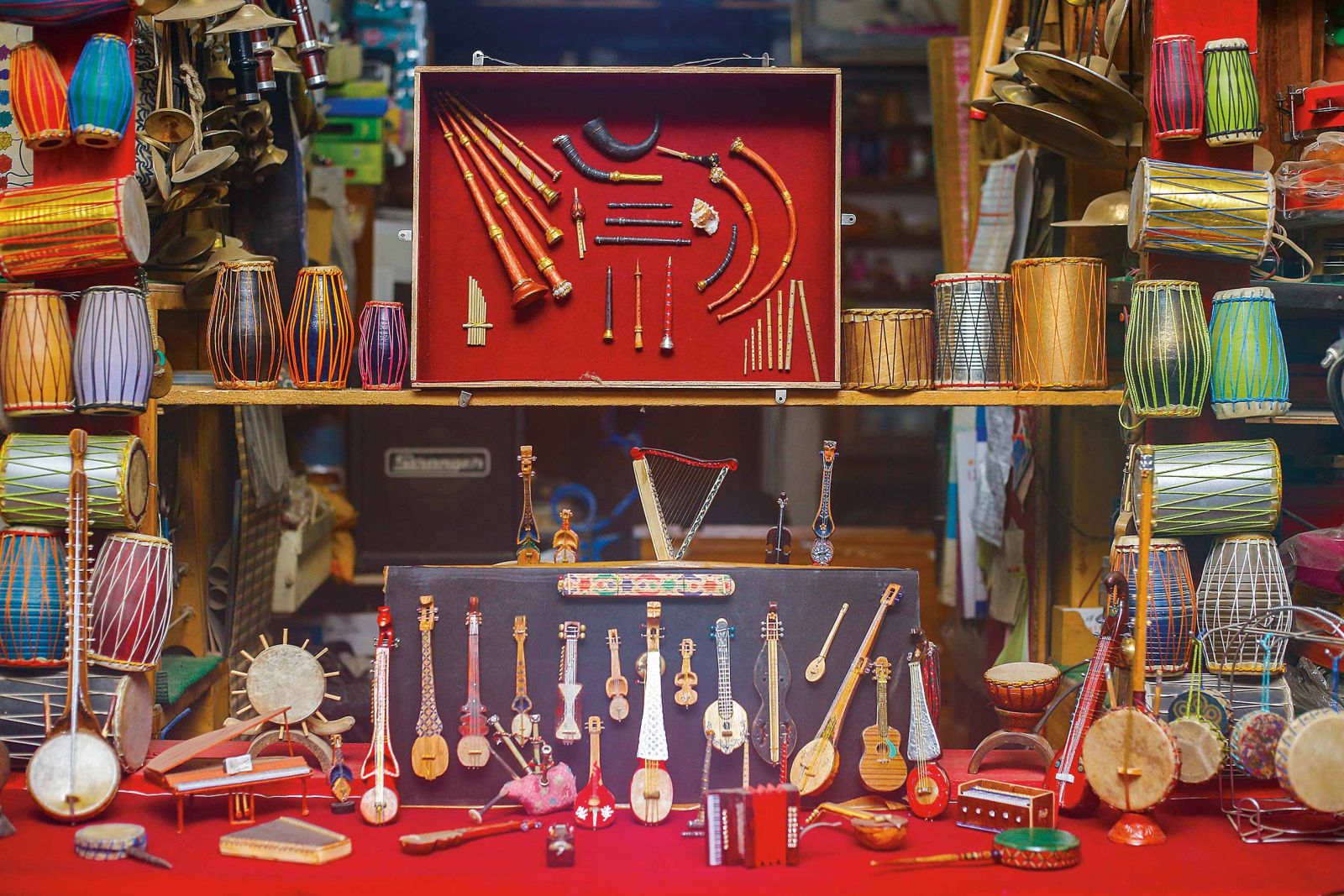
Hari Lal Nepali Kulu, 58, held a tungna he was making in his hands. It seemed half-way done. But, make no mistake, this was no ordinary tungna. It would be able to produce the sounds of a guitar. Hari Lal has made such tungnas before. The purpose, he said, behind this creation is that guitars are trendy at present. He wanted to make his tungna appealing to those who love to play the guitar and, subsequently, encourage them to give it a go. In short, his mission is to revive traditional instruments through innovation. Personally, I had never seen anything like it before—and neither had he. Who knows?! These tungnas might be the first of their kind, ever. Yet, this idea occurred to this exceptional instrumentalist and, viola, he had managed to give to the world of music something new and edgy. This is what sets brilliance apart from excellence. But the story of his creations does not end here. There is more in store.
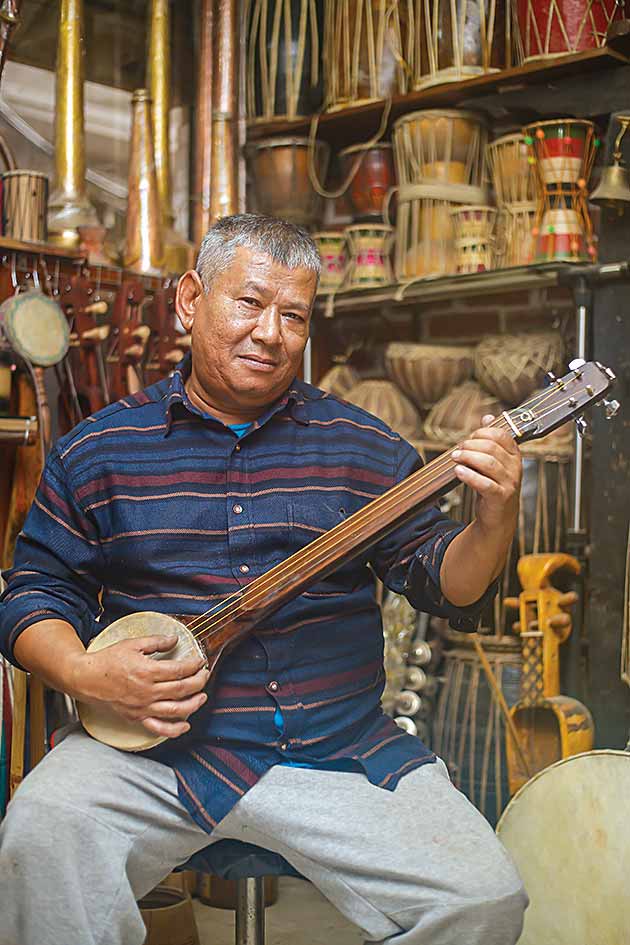
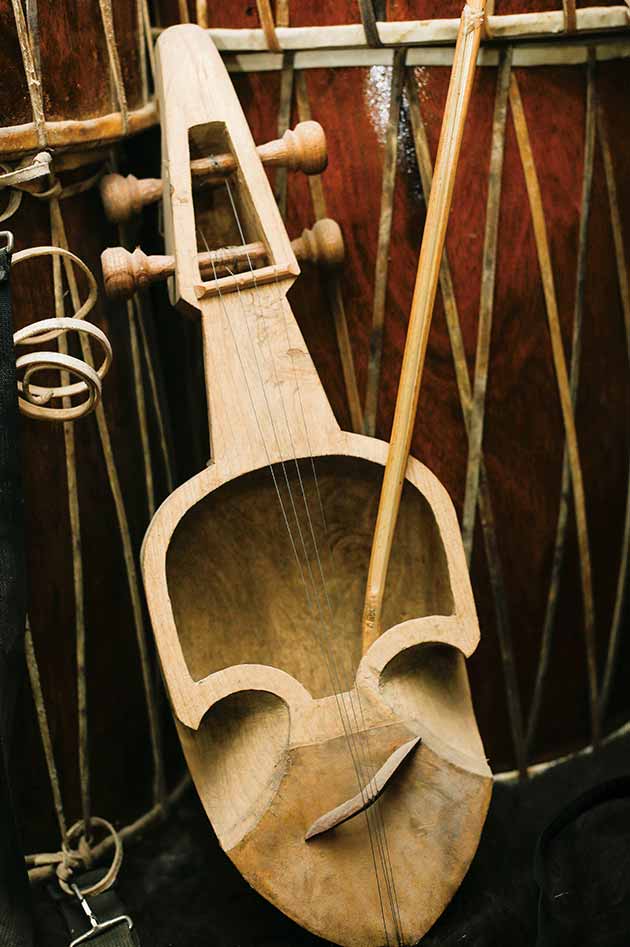
Hari Lal had the privilege of being born in a family with a prominent musical background. In the medieval era, the Malla kings of Patan had invited his ancestors to their court to perform. In fact, he still lives on his ancestral land, which is right next to Patan Durbar Square. It was given to them as a gift by the then-rulers. They originally hailed from Kulu; hence, the surname. It lies in present-day Simla. It used to be an important hub for musicians and instrumentalists in ancient times. As the story goes, the traditional drum baaja was invented in Kulu even before the Mahabharata. When we say drums, we are referring to any instrument that can be played by hitting on it. This category includes madal, dha baja, khein and many more. These ancient instrumentalists (his ancestors) invented 165 different types of instruments, each producing a unique sound. In retrospect, he has a lot to be proud of considering their monumental achievements.
But he is not someone who is easily outshone by anyone, not even by his glorious predecessors. He has ingeniously devised three musical instruments capable of producing sounds that no other instrument can. These three particular sounds are the flowing water, the blowing wind and the crying of insects. These are his own creations, his contributions to music. The instrument that creates the sound of the flowing water looks somewhat like a tambourine. As he shook it, the sound that emanated from it impressed me through and through. I really felt like I was standing near a brook. As he played the thunder drums, I could hear the howls of the raging wind. Then, he held these “shakers,” like little drums with beads inside, between his index finger and thumb, and shook them. Its sound bore a striking resemblance to the aggravating noise made by persistent little insects.
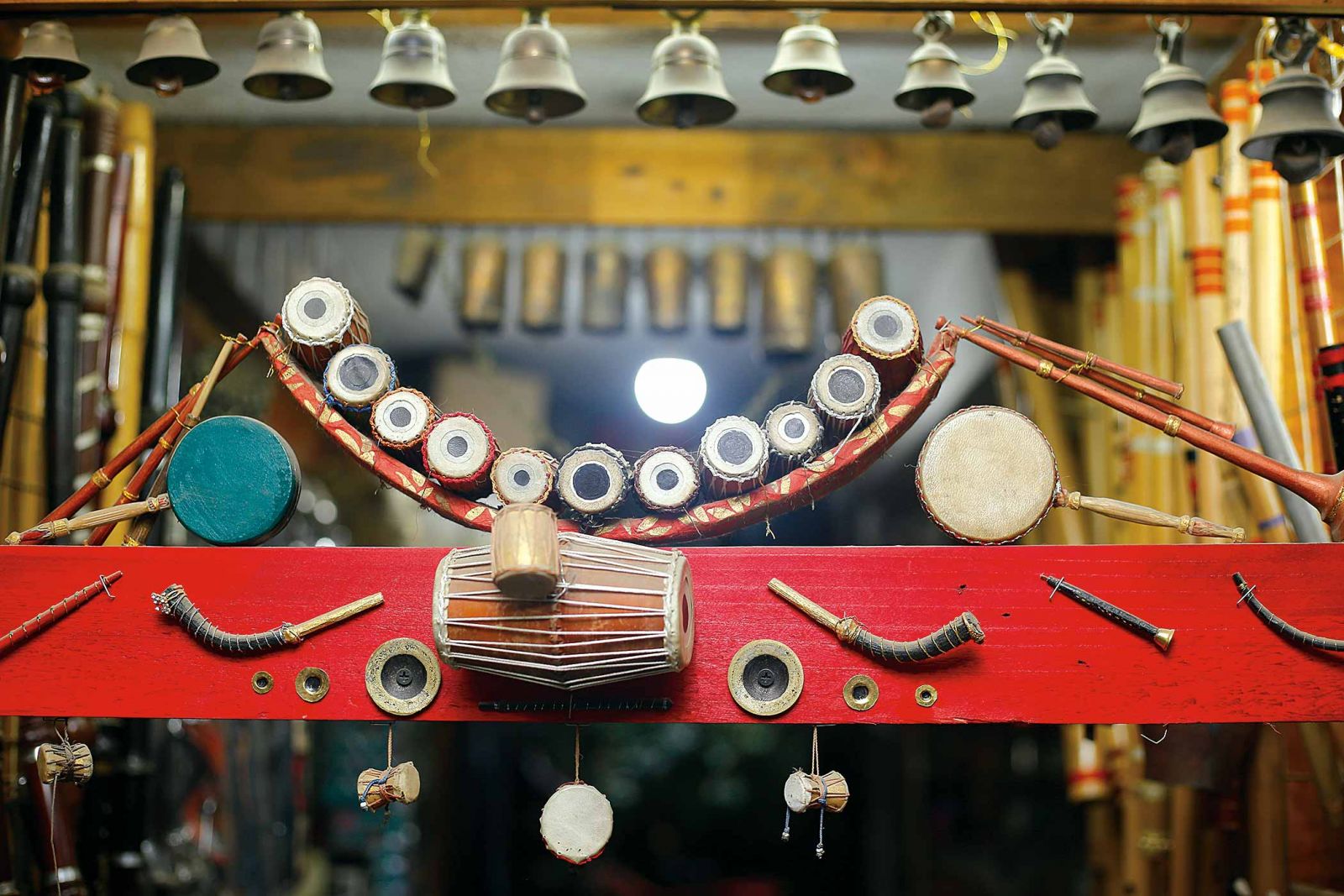
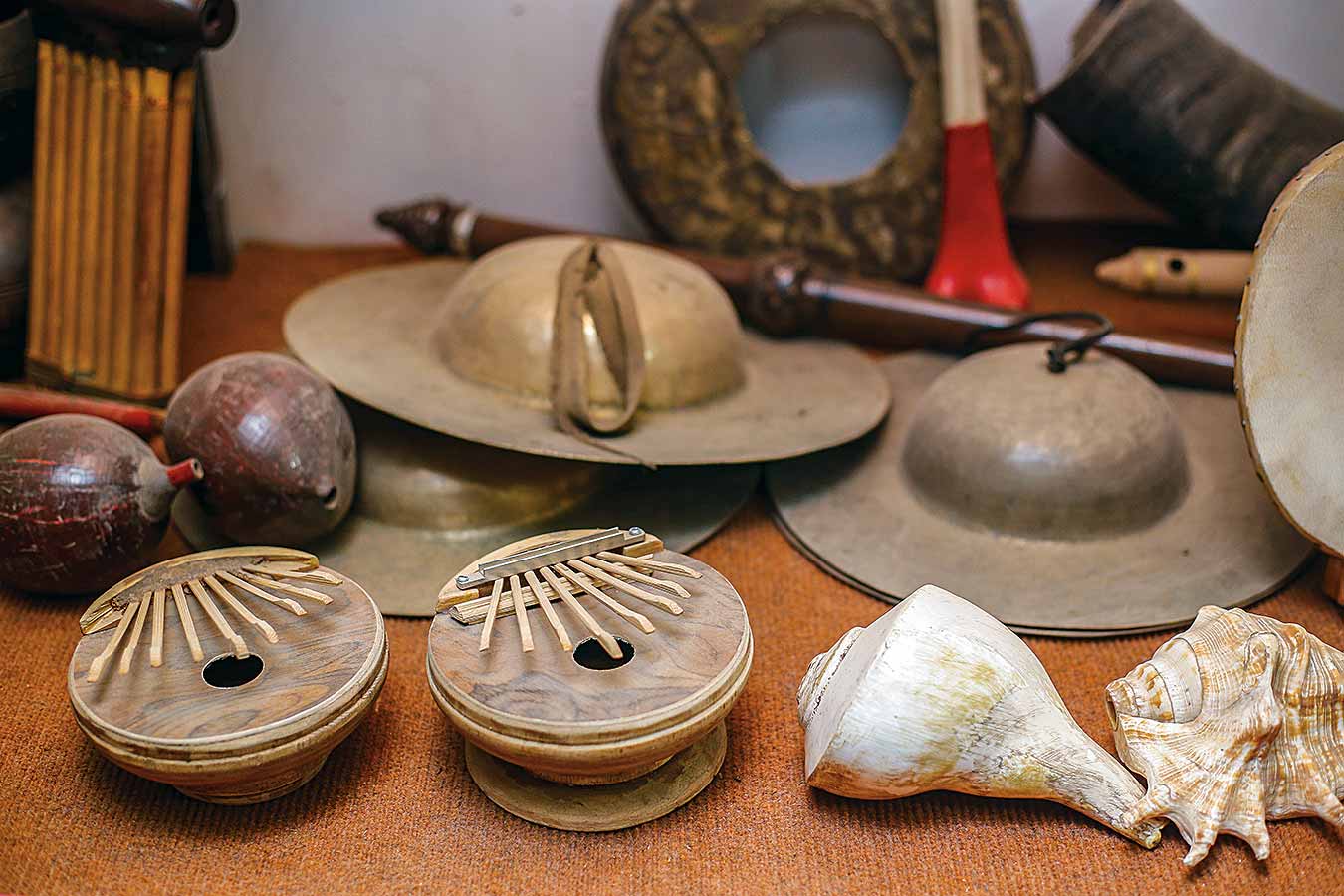
he day, nineteen years ago, when he played for the Nepal Army numerous instruments simultaneously on a stand that could hold up to 65 different ones, flashed before his eyes as he spoke to me. He had made the stand from scratch, the first of its kind, and it received quite a bit of publicity at the time. Nowadays, he devotes his time to making miniature instruments. He aims to exhibit the miniature versions of musical instruments from around the world under a single roof. He has spent the last seven years collecting the actual materials for them. He follows the exact procedure, the same as in making the original instruments. He uses the same leather and types of wood aged to varying degrees for these little instruments. He has amassed quite a collection by now. He also made a larger version of ektara, a traditional instrument with a single string. This was again done to encourage and appeal to younger musicians.
He proudly showed me a picture of the gate his father, Prem Lal, had made to welcome Queen Elizabeth II on her 1961 visit to Nepal. The gate was made up of various traditional drums and other instruments. Maybe his father wanted to demonstrate the musical heritage of Nepal to the Queen of England. As a tribute to that day, he made a miniature version of that gate exactly as it had once stood back in those days. These mini instruments can even be played as shakers. Again, he has paid great attention to detail and has included differing sounds of shakers in various miniature models of the instruments. It’s an amazing work of musical art.
Making instruments used to be a communal affair. Three different communities used to come together to make them. A group of families specialized in searching and bringing the specific types of wood required, another sourced the particular leather to be used, and the next fitted them together using their time-honored techniques and skills. The Kulu clan, of whom only a handful (less than a hundred) survive, were responsible for doing the latter task. Hari Lal explains to me the things which are involved in making an instrument; an extremely complex endeavor as one can imagine. You need to have the knowledge of the quality of the leather being used, the knowledge of the wood, a mastery over music and a grasp of engineering too. Many complications could arise if the instrument is not made right. If the wood used has not been aged properly, the sound might not be sharp enough. The wood might bend. The leather also determines the kind of sound it emits. It takes Hari Lal at least three years to make an instrument. It requires impeccable craftsmanship.
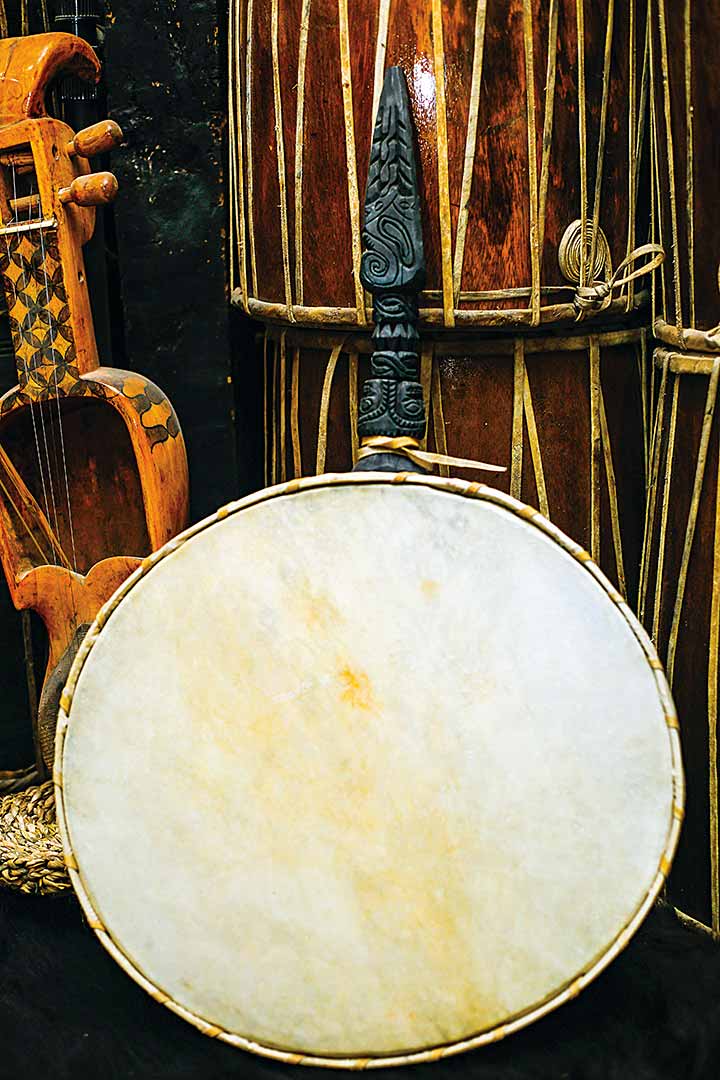
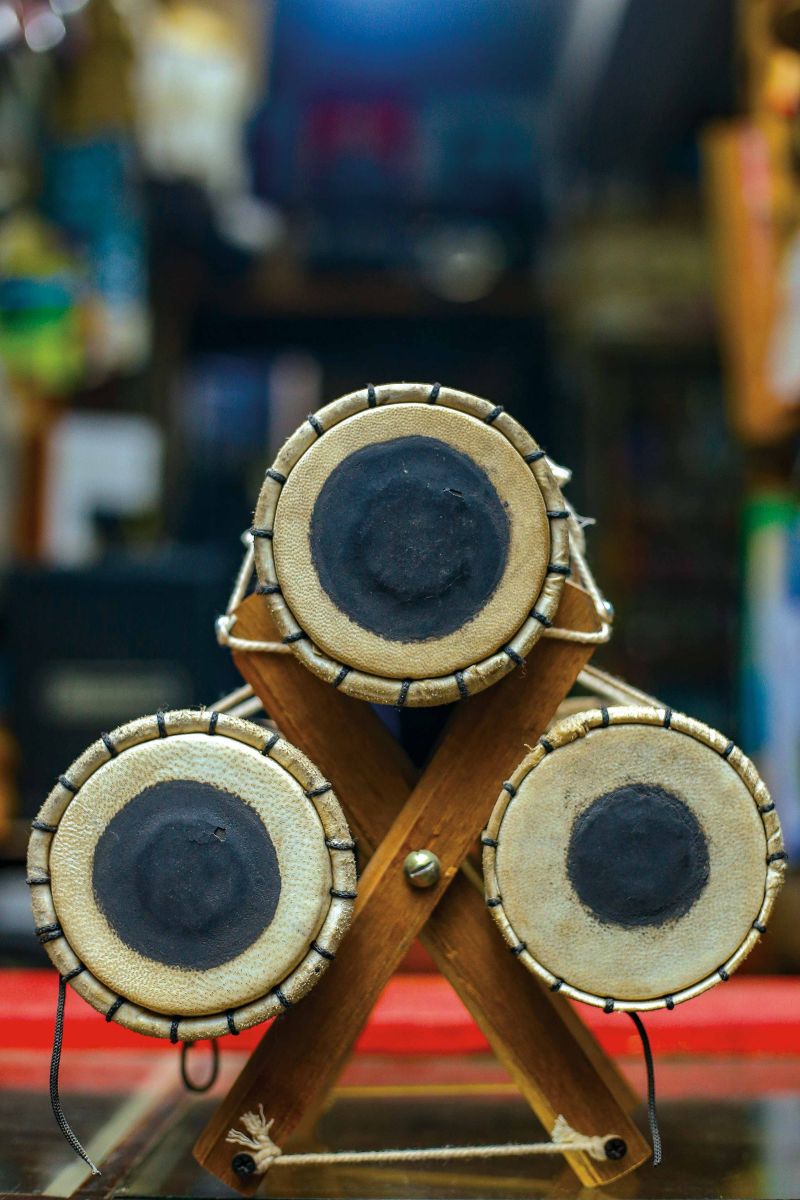
The maestro has opened a shop named Nepali Sanskritik Baja Udhyog, where he sells various instruments. But it does not stop him from innovating and pitching his own creations to customers. He told me, “I create what comes to my mind. People show interest in them and buy.” At times, people have come searching for him and his creations. Hands down to such mighty talent!
Despite his equal acumen with modern instruments, Hari Lal is dedicated to preserving traditional ones. He wants to hand down our stupendous musical heritage to posterity; he feels it is being neglected and is on the verge of vanishing into obscurity. In short, he wants to save what his ancestors have created. He also gives classes on notation, and teaches the younger generation what he has learned over his lifetime. As we spoke, he divulged his secret to me, which is very spiritual in nature: he prays for a couple of hours in the morning every day before touching his instruments, which he believes to be sacred. This practice lends him the concentration and strength he needs for his mission.
Hari Lal has spent his entire life in the service of his art. He has such an incredible grasp of instruments which makes him confident enough to play with them—experimenting and innovating. Clearly, he has managed to add a few things of his own to the realm of instrument making. With a guitar in his hand, he seemed to be lost in a trance. Music invigorated him. Music touched his soul. And without a doubt he has invigorated the field of music with his awe-inspiring inventions and touched its soul. What we must hope is that his creations and those of his ancestors are not lost to history.


